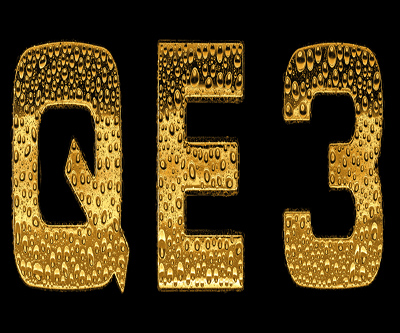Rising chorus for stimulus takes gold to 5-week high

Having ended just shy of the $1,600 mark yesterday, gold spiked higher on Tuesday as fears about Spain and Greece and hopes of economic stimulus across the pond intensified.
August gold climbed 1.25% from its previous close of $1,596.80 an ounce to hit $1,616.70 by midday after touching $1,620 earlier as Spanish government bond yields climbed to their highest level since the introduction of the euro in 1999 on Monday.
After initial confidence in the $125 billion rescue package the bailout is now being called ‘voodoo economics‘ and ‘bound to fail’ while worries about Greece’s Sunday election outcome is also back with a vengeance.
According to Reuters EU finance officials on Monday discussed “limiting the size of withdrawals from ATM machines, imposing border checks and introducing euro zone capital controls as a worst-case scenario should Athens decide to leave the euro“.
The crisis in Europe and the slowdown in economic growth in emerging markets including China, India and Brazil combined with a tepid recovery in the US are adding to speculation that a new round of economic stimulus is becoming unavoidable despite Ben Bernanke’s reluctance to commit to a third round of quantitative easing last week.
Speaking to Bloomberg, Phil Streible, senior commodity broker at a large investing firm, said “the market is expecting more stimulus, and that is supportive of gold,” as bold moves by the Fed encourage investment in gold as it raises inflationary pressures on the US greenback.
Quantitative easing has been a massive boon for gold. The Fed’s new near-zero interest rate policy and purchases under QE1 kicked off on 16 December 2008. On 15 December 2008 an ounce of gold cost $837.50.
That’s a more than 90% improvement for the precious metal on the back of QE1 and QE2 (first mooted in August 2010) and ‘Operation Twist‘ (started in September last year and set to expire at the end of this month). Before QE1 the Fed’s total assets were below $1 trillion. It is now closer to $3 trillion.
Fading hopes for QE3 has been behind gold’s recent weakness – the metal is down 9.7% since its 2012 peak at the end of February of $1,786 – but investors outside of the bullion market seem to be pricing in another round of easing.
Bill Gross, co-CEO of the world’s largest asset manager Pimco, interpreted last week’s comments by Bernanke and vice-chair Janet Yellen on Twitter and he now sees a 60% chance of another round of quantitative easing.
Gross’s bet on QE3 is huge – his holdings of US mortgage debt, the largest percentage of purchases under QE3, make up more than half his $250 billion Total Return fund.
{{ commodity.name }}
{{ post.title }}
{{ post.date }}


Comments